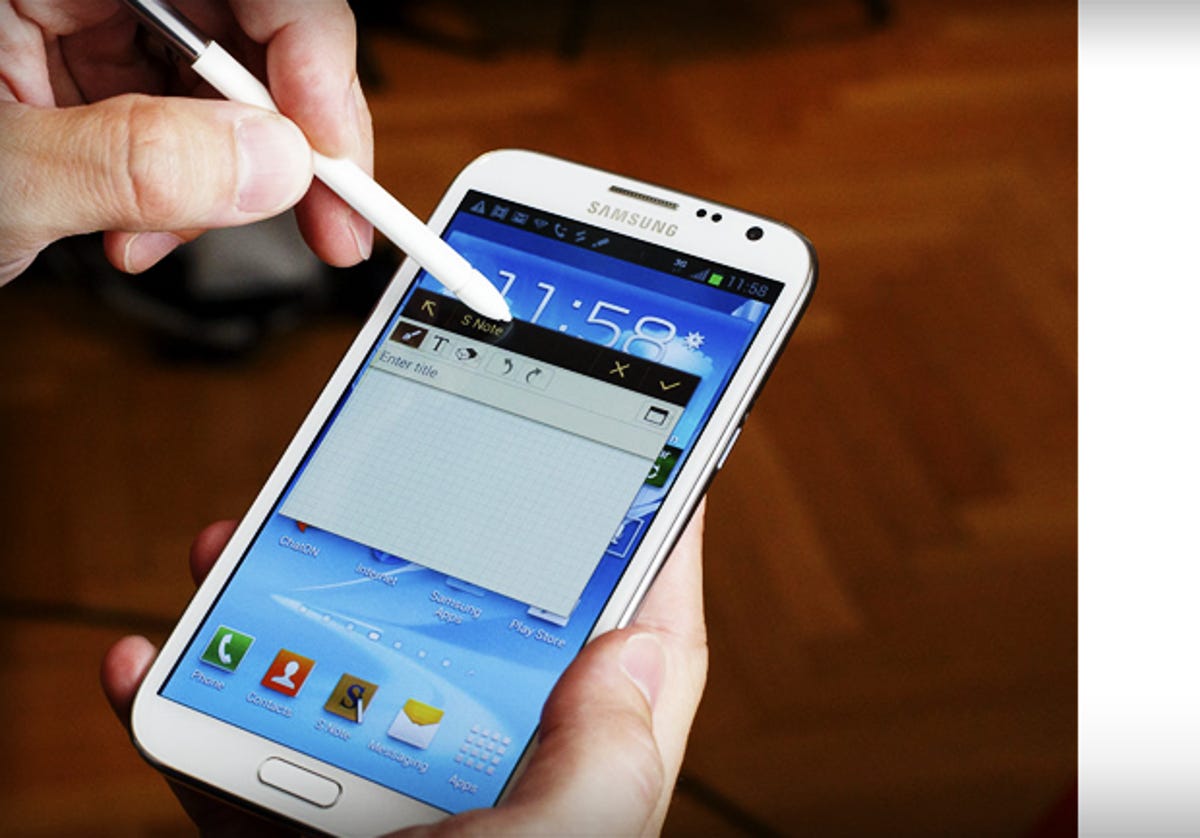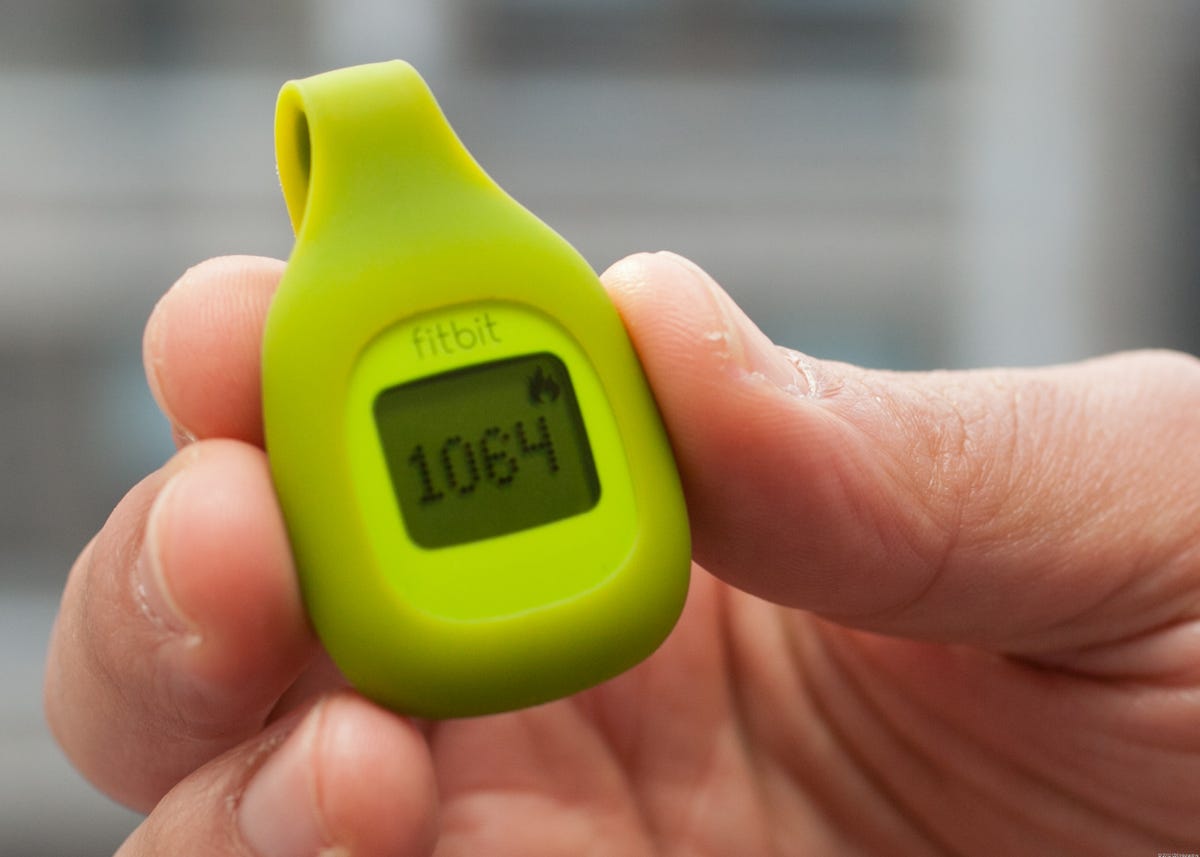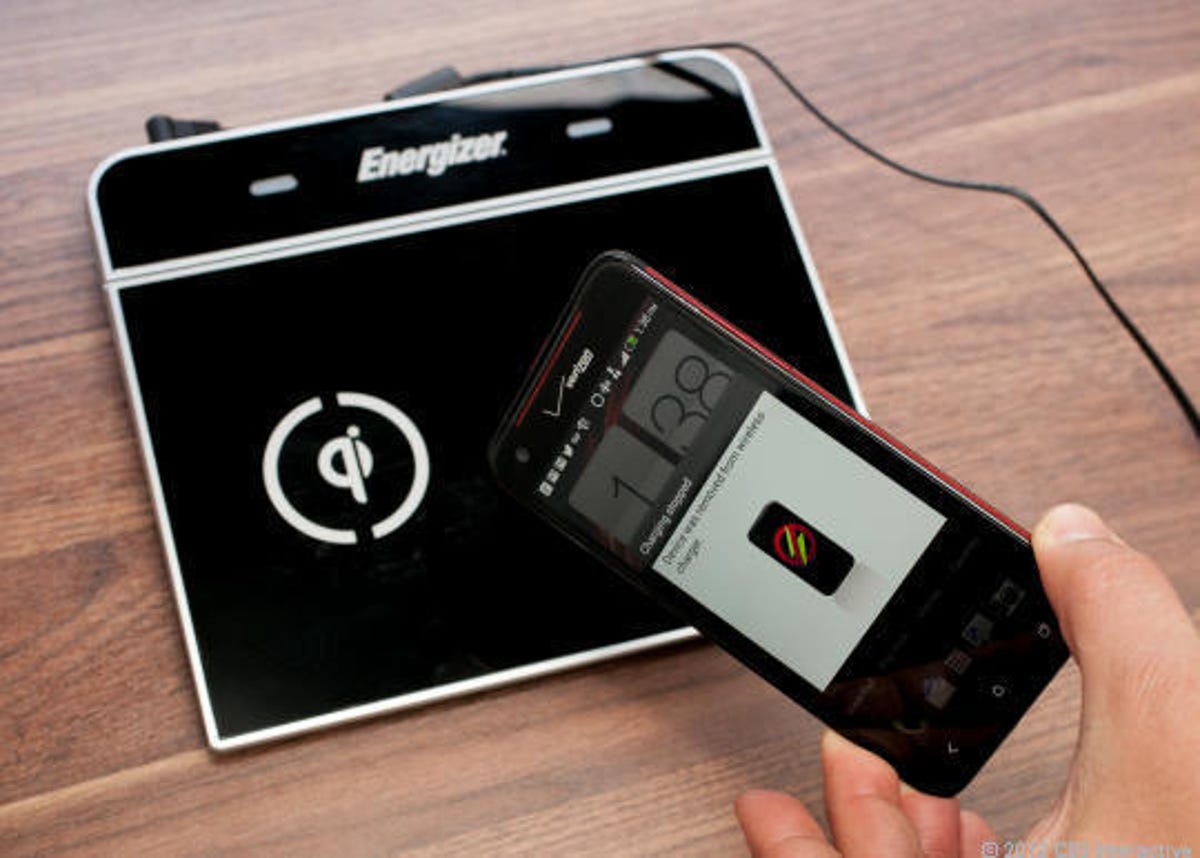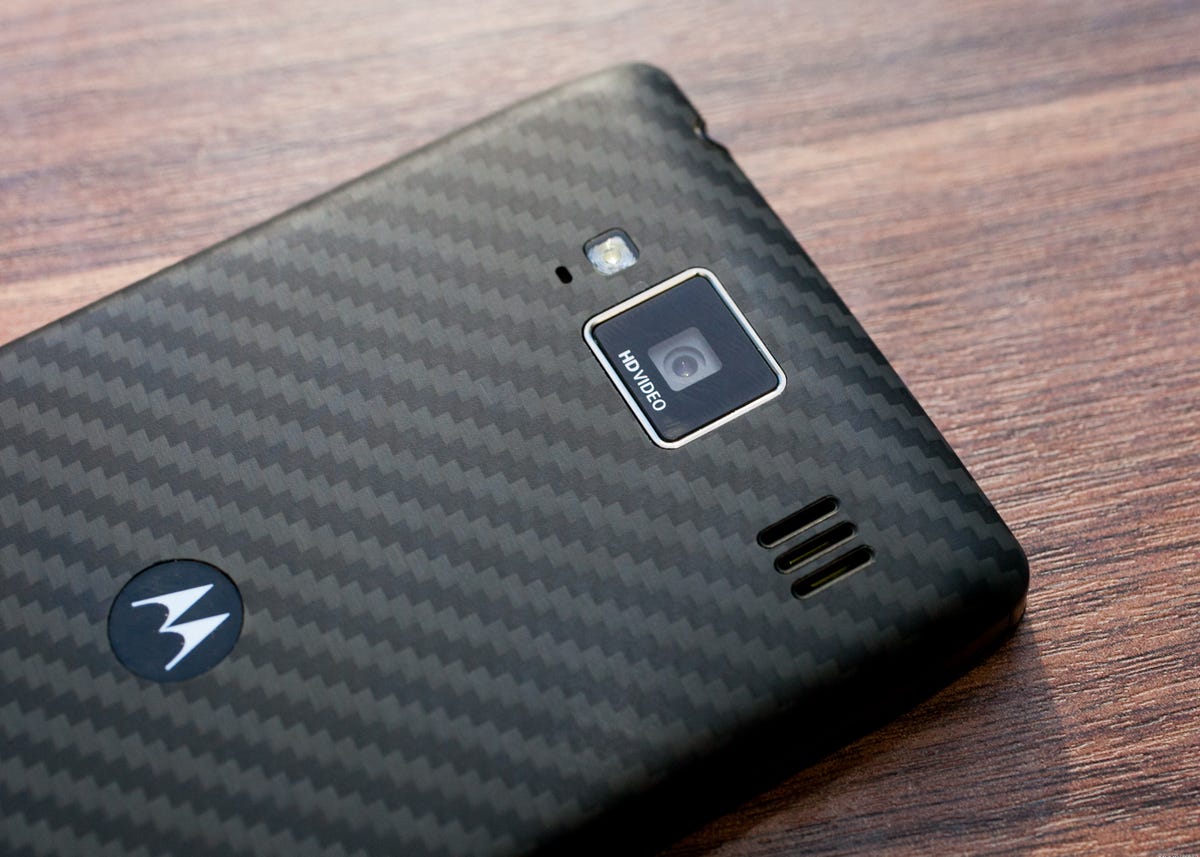Until now, smartphones with quad-core processors used to be just a twinkle in the eye of wistful Android addicts and gadget gurus. Either that or they remained exotic pieces of futuristic hardware reserved for foreigners. Quad-core handsets are now starting to arrive in force. The question is: which device packs the biggest CPU wallop? This chart lays it all out with deeper analysis below.
Editors’ note: This post was updated on July 4, 2013, with new information.
table.geekbox th{background-color:#E6ECEF;text-align:left;font-weight:bold;}
table{width:625px;}
table.geekbox tr.even{background-color:#CCCCCC;}
.ratingGood{color:#093;} .ratingAverage{color:#666;} .ratingBad{color:#C00;}
| Phone | Samsung Galaxy S4 | HTC One | LG Nexus 4 | LG Optimus G | Samsung Galaxy Note 2 | HTC One X+ |
|---|---|---|---|---|---|---|
| Processor | 1.9GHz quad-core Qualcomm Snapdragon 600 | 1.7GHz quad-core Qualcomm Snapdragon 600 | 1.5GHz quad-core Qualcomm Snapdragon S4 Pro | 1.5GHz quad-core Qualcomm Snapdragon S4 Pro | 1.6GHz quad-core Exynos | 1.7GHz quad-core Nvidia Tegra 3 |
| RAM | 2GB | 2GB | 2GB | 2GB | 2GB | 1GB |
| Linpack (multithread) | 708.683 MFLOPs (0.24 second) | 697 MFLOPs (0.24 second) | 204.7 MFLOPs (0.82 second) | 338 MFLOPs (0.5 second) | 200.7 MFLOPs (0.85 second) | 168.7 MFLOPs (1 second) |
| Linpack (single thread) | 316.352 MFLOPs (0.27 second) | 310.5 MFLOPs (0.27 second) | 69.3 MFLOPs (1.21 seconds) | 231.6 MFLOPs (0.36 second) | 65.75 MFLOPs (1.27 seconds) | 57.9 MFLOPs (1.45 seconds) |
| Quadrant | 11,381 | 12,194 | 4,861 | 7,379 | 6,098 | 7,355 |
| Boot time | 23 seconds | 7.9 seconds | 23 seconds | 45 seconds | 11.2 seconds | 17.8 seconds |
| Camera boot time | 2 seconds | 1.35 seconds | 1.82 seconds | 1.89 seconds | 0.8 second | 0.8 second |
Cutting-edge processor battleground
Quad-core processors are the new high-stakes battlefield of the mobile marketplace with at least three major players vying for dominance. The first heavyweight is Nvidia, which has deep roots in the PC graphics space and cut its chops building add-in cards for desktop computers. Now the company wants a slice of the mobile market with its Tegra 3 chips. The HTC One X+ was a big win for the spunky silicon designer, the first smartphone in the U.S. to use its hardware.
Qualcomm, however, is the 800-pound Gorilla in the room. The large company has deep resources and a legendary history in the mobile market, and it shows. In 2012 Qualcomm’s Snapdragon S4 processors were adopted by major phone makers such as Motorola, HTC, and Samsung for use in their phone lineups. The trend continued in 2013 with Samsung’s follow-up to its superpopular Galaxy S3, the Galaxy S4. Indeed both the mighty Galaxy S4 and lovely HTC One use modern Snapdragon 600 CPUs crafted by Qualcomm. By contrast the older Galaxy Note 2 runs homegrown quad-core Samsung Exynos processors. Who will ultimately prevail? The future is certainly uncertain.
The quad-core conundrum
The list of quad-core Android smartphones sold by American wireless carriers grows larger with each passing month. Besides all being gargantuan, these devices come in distinctive sizes, shapes, and designs. Most interesting, however, is that they can potentially use different processors all brandishing the same quad-core catchphrase. But are all quad-core implementations created equal? I decided to try and find out.
I looked at the six quad-core smartphones I could get my hands on: the Samsung Galaxy S4, HTC One, LG Nexus 4, LG Optimus G , Samsung Galaxy Note 2, and the HTC One X+. As I expected, every device on this formidable list of heavy-hitting handsets is a genuine fire-breather in its own right. Of course, just as in “Highlander,” there can be only one — please forgive me, I just couldn’t resist.
How I tested
Let me get this off my chest first. I did not evaluate gaming performance as a discrete part of my testing procedure. Cue the howls of outrage! OK, I know many will object to this tactic, especially perhaps Nvidia, but one of the benchmark apps I selected, Quadrant Standard, has a robust graphics portion rolled into it.
I also subjected my crop of elite mobile devices to both the single-thread and multithread tests using the Linpack CPU benchmark app. It’s a software title I use regularly on all my Android test devices and tends to back up my anecdotal experience with review units and their specific hardware allotment.
The cold, hard results
You might expect that with its Nvidia robust Tegra 3 processor, the HTC One X+ would pummel all comers in terms of CPU performance. Not so, for although the phone turned in a high Linpack score (multithread) of 168.7 MFLOPs, it was the lowest in my mini roundup. The One X+’s Quadrant score of 7,355 put it second to last as well. It scored higher than the Samsung Galaxy Note 2 (6,098) and LG Nexus 4 (4,861), but not the LG Optimus G (7,379) on the same test.
The clear winners of my quad-core battle, however, were the HTC One and Samsung Galaxy S4, which crushed both the Linpack and Quadrant benchmarks. The HTC One notched an outstanding score of 12,194 (the highest I’ve ever recorded), and the Galaxy S4 trailed ever so slightly behind (11,381). The roles were reversed on the Linpack test (multithread) with the Galaxy S4 beating back the HTC One, though barely (708.7 to 697). As a matter of fact, these results were far above and beyond the other phones I tested — more than thrice those of the Samsung Galaxy Note 2 (200.7 MFLOPs) and the LG Nexus 4 (204.7 MFLOPs).
The LG Optimus G demonstrated its significant performance muscle, too, earning third place overall, though its slow boot time of 45 seconds is inexplicable. Its cousin, the LG Nexus 4, exhibited low performance numbers despite its squeaky-clean, pure Android OS.
Now I know the results I experienced may not paint the whole performance picture. That said, they do echo my broad impression of these devices even though the very synthetic nature of the benchmark tests I used is essentially artificial. I doubt any of these amazingly quick devices, however, will leave you wanting for processing power.























